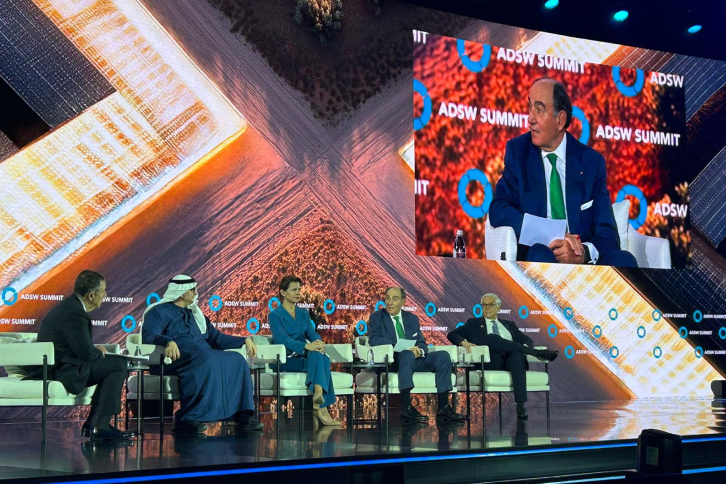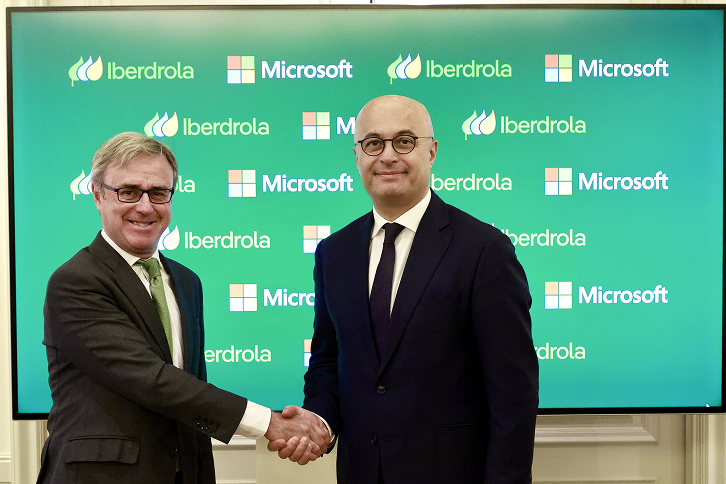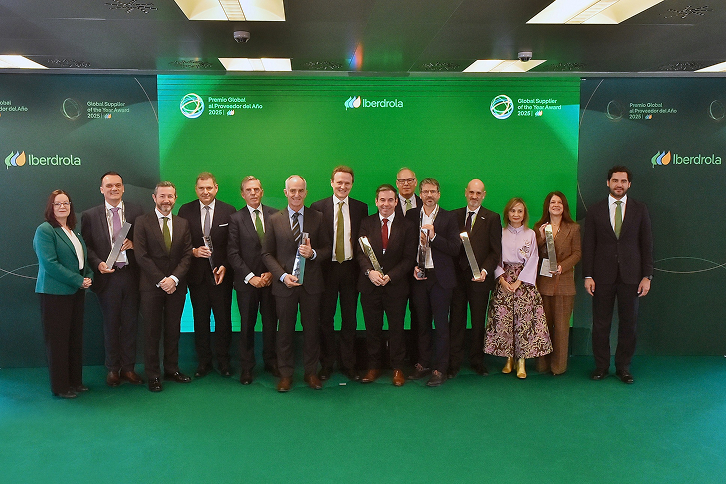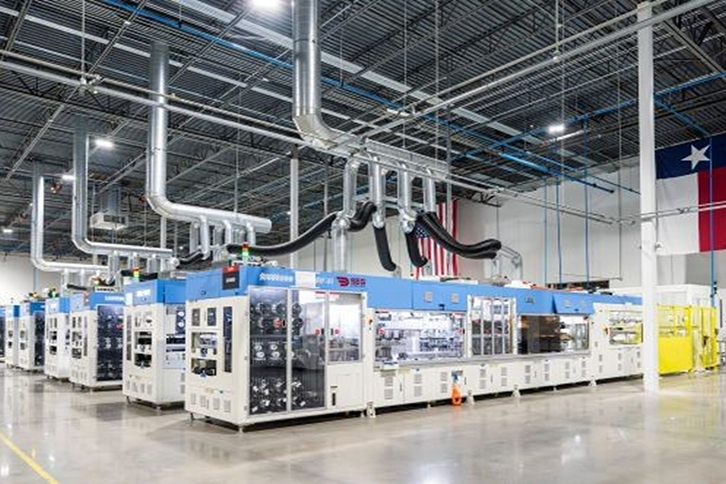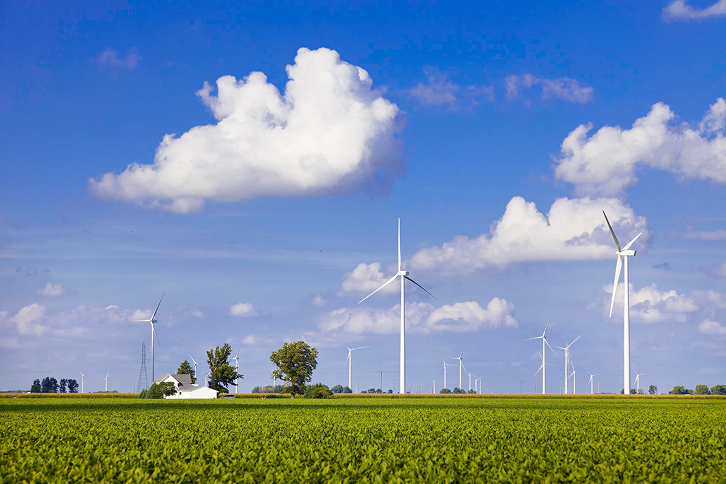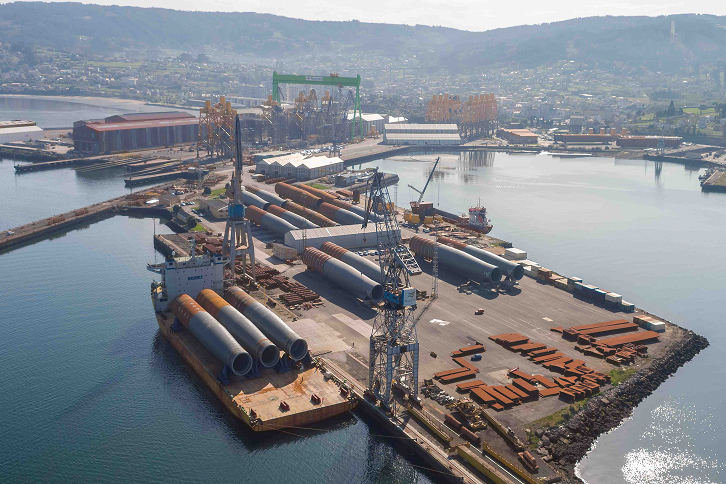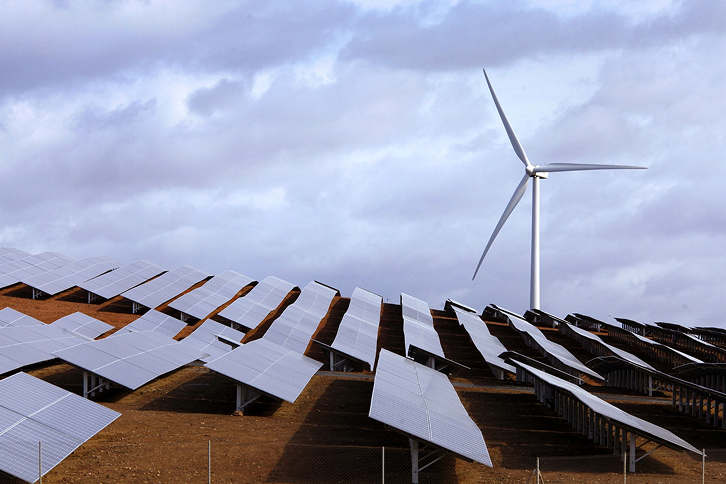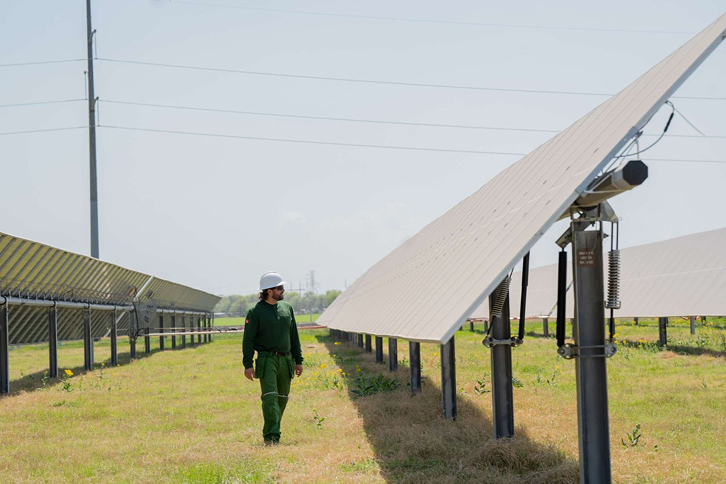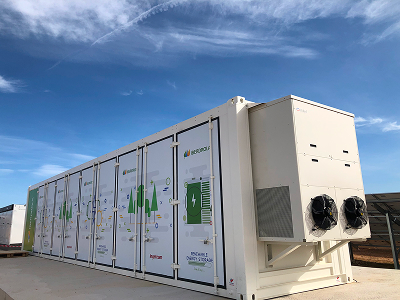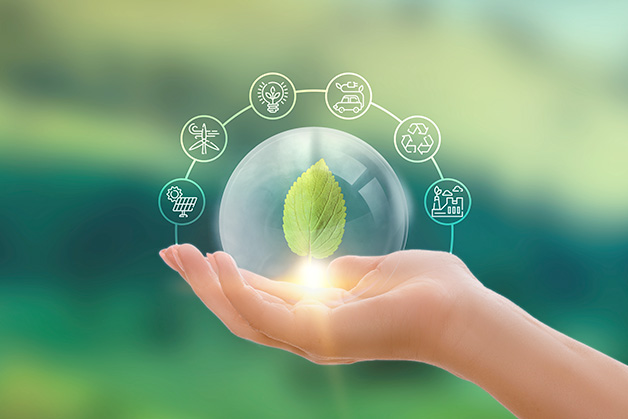One of our main drivers of growth is offshore wind. We currently have 2,438 MW of installed capacity and our goal is to increase capacity by another 3,500 MW by 2028.
Renewable energy
Iberdrola, world leader in renewable energy
We began our commitment to renewable energy more than two decades ago as the foundation on which to build its clean, reliable and smart business model.
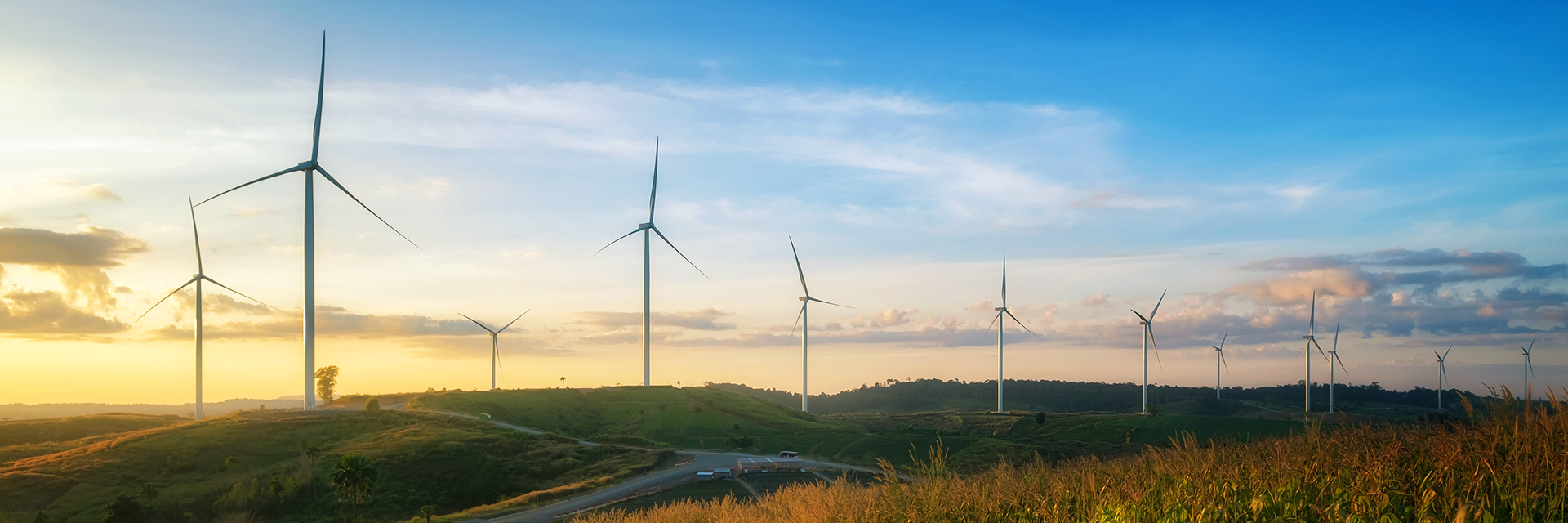
The Iberdrola Group is currently a global leader in renewable energy, reaching 45.263 MW of operational renewable capacity at the end of the nine months of 2025, and is spearheading electrification towards a low-emission economy. This commitment is reflected in our Strategic Plan 2025-2028, which allocates €21 billion to the renewables business, mainly to projects already under construction, to grow selectively in markets with high credit quality. By technology, 38% of our investment will go to offshore wind, 24% to onshore wind, 10% to energy storage systems – such as pumped-storage hydro plants – and another 10% to solar photovoltaic.
Benchmarks in renewables with our international projects
At the Iberdrola Group, we are expanding our borders to continue positioning ourselves in international markets with great renewable prospects while strengthening our presence in the dozens of key countries where we operate, including Spain, the United Kingdom, the United States, Brazil and Mexico.
We have several projects, many of them under construction or under development, which are considered milestones due to their size and commitment to innovation. We invest in advanced infrastructures and work with local players to drive the global energy transition. Our projects stand out not only for their innovation and capacity to produce clean energy, they also contribute to International Clean Energy Day, generating a positive impact they have on the communities where we operate, creating jobs and promoting local development.

"We need to accelerate the expansion of electrification through renewables to reduce our dependence on fossil fuels. Tripling renewables by 2030 is feasible and will mobilise investments of $2.2 trillion a year"
Ignacio S. Galán
Presidente de Iberdrola
Our main renewable energy projects
19 November 2025
The challenge of energy storage
Energy storage is key to managing the high level of renewable penetration and facilitating electrification. Our investment plan allocates €2 billion to 2028 to technologies such as pumped-storage plants or batteries.
Discover energy storageLeaders in wind generation, also in the sea
One of our main drivers of growth is offshore wind. We currently have 2,438 MW of installed capacity and our goal is to increase capacity by another 3,500 MW by 2028.
Learn about offshore wind energy
The challenge of energy storage
Energy storage is key to managing the high level of renewable penetration and facilitating electrification. Our investment plan allocates €2 billion to 2028 to technologies such as pumped-storage plants or batteries.
Discover energy storageWhat are renewable energies?
Renewable energy is generated using natural sources that will never run out, because they contain a massive quantity of energy — such as solar energy from the sun and wind energy from the wind — or because they are able to regenerate fast, like biomass.
To meet growing global demand for energy and the imperative need to halt climate change, renewables are now established as the best option for the future of the energy sector. Let us tell you all about this type of energy.
The main renewable energy technologies are offshore and onshore wind, hydroelectric power, photovoltaics, green hydrogen and hybrid hydrogen.

What are the advantages of renewable energy?
Renewable energy has many advantages over non-renewable energy.
 They respect the environment
They respect the environment
Most do not produce greenhouse gases or other pollutant emissions
 They are unlimited
They are unlimited
They are drawn from nature’s inexhaustible resources and can be drawn upon permanently
 They are safer for our health
They are safer for our health
They do not emit gases harmful to living beings

 They offer greater flexibility
They offer greater flexibility
They can be installed anywhere: boats, motorhomes, homes, buildings, etc.
 They do not generate waste that is difficult to treat
They do not generate waste that is difficult to treat
They are easy to dismantle and do not neeed to be stored
 They promote employment
They promote employment
They create five times more jobs than conventional energy
 They promote energy independence
They promote energy independence
They develop the region’s economy, promoting its autonomy
Differences between renewable and non-renewable energy
The main difference between renewable and non-renewable energy sources is that the former can produce energy indefinitely because these sources will never run out or renew themselves within a short period of time, while non-renewable energy reserves are limited because they run out when used or regenerate extremely slowly.
Another difference is that renewable energy is highly sustainable and has a very low environmental footprint, unlike non-renewables.
More on renewable energies
What are clean energy sources?
Clean energy consists of energy production systems that do not produce any pollution, notably greenhouse gases like CO2.
Therefore, clean energies are driving our progress in protecting the environment and alleviating the crisis caused by non-renewable sources, such as gas and oil.
Discover clean energyWhat are clean energy sources?
Clean energy consists of energy production systems that do not produce any pollution, notably greenhouse gases like CO2.
Therefore, clean energies are driving our progress in protecting the environment and alleviating the crisis caused by non-renewable sources, such as gas and oil.
Discover clean energy




